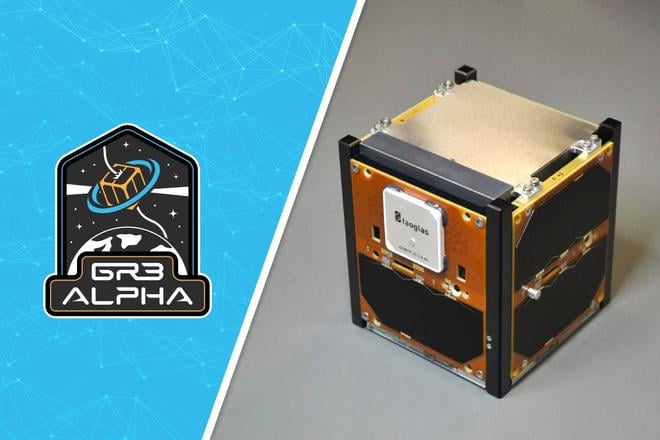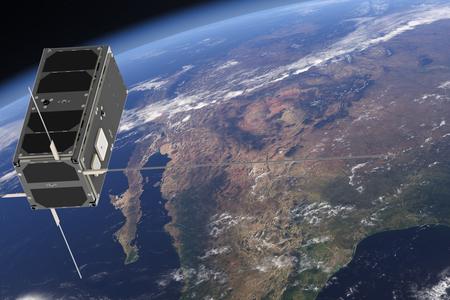The mission of the Slovak spacecraft GRBAlpha has officially come to an end. Launched into orbit in March 2021, the cube-shaped nanosatellite – measuring just 10 centimetres across – remained operational for over four years, an extraordinary feat within its category of the so-called CubeSats.
Equally extraordinary was its performance, which far exceeded the expectations of its designers and the scientific community. In orbit, it studied gamma-ray bursts (GRBs) – a phenomenon previously reserved for large, expensive space telescopes costing hundreds of millions of euros.
Despite its development, construction, and launch costing less than six figures, the Slovak satellite succeeded. As an innovative technological concept, GRBAlpha demonstrated that world-class space research can be conducted with a fraction of the resources typically available to major space agencies such as NASA or ESA.
Last Monday, the satellite burned up somewhere over the west coast of the United States in the late evening. Its operator, the Faculty of Aeronautics at the Technical University of Košice (TUKE), confirmed the end of the mission. The satellite made its final contact with Earth at an altitude of roughly 160 kilometres above the surface.
To stay up to date with what scientists in Slovakia or Slovak scientists around the world are doing, subscribe to the Slovak Science newsletter, which will be sent to readers free of charge four times a year.
Modest beginnings
GRBAlpha was nicknamed “the gamma-ray burst hunter.” GRBs are triggered when very massive, rapidly rotating stars collapse gravitationally at the end of their lifecycles, transforming into either neutron stars or black holes. They can also occur when two neutron stars merge. Scientists are deeply interested in these events, as they provide insight into the origins of the universe’s elements.
The mission’s primary goal was to test a special silicon detector designed to record these flashes – and monitor how the detector would degrade over time.
Before launch, expectations were tempered. The design team focused on the technical setup and viewed the successful detection of a GRB more as a bonus than a core requirement for mission success.
To their astonishment, however, the tiny satellite exceeded all expectations. Within just six months, it became the first CubeSat in history to detect a gamma-ray burst. From there, its scientific contributions snowballed: the satellite went on to observe 127 GRBs and a similar number of other bursts –from the Sun, X-ray binaries (a type of stellar system emitting X-rays), and magnetars (highly magnetised neutron stars). In total, it recorded over 250 phenomena.
“When we launched GRBAlpha, we thought of it as a technological experiment to test the detector in space. In the end, it became the smallest astrophysical space observatory,” said Norbert Werner, the mission’s scientific coordinator and a Slovak astrophysicist based at Masaryk University in Brno, speaking to the Sme daily.
A Slovak PhD student in his research group, Marianna Dafčíková, was responsible for satellite operations and data collection. She has used this data in her doctoral work and co-authored a paper in Astronomy & Astrophysics, one of Europe’s leading journals in the field.
Even NASA took notice
Around a dozen scientific papers have already been published using data from GRBAlpha, with more forthcoming – including a comprehensive catalogue of all recorded flashes. The team held off publishing it to include any final observations right before the satellite burned up.
“It’s been a remarkably successful mission – one that even NASA scientists mention at conferences. They cite it as an example that gamma-ray bursts can indeed be studied using small satellites,” Werner noted.
GRBAlpha even achieved a rare feat: it observed the record-breaking GRB 221009A alongside NASA’s large Fermi Gamma-ray Space Telescope.



